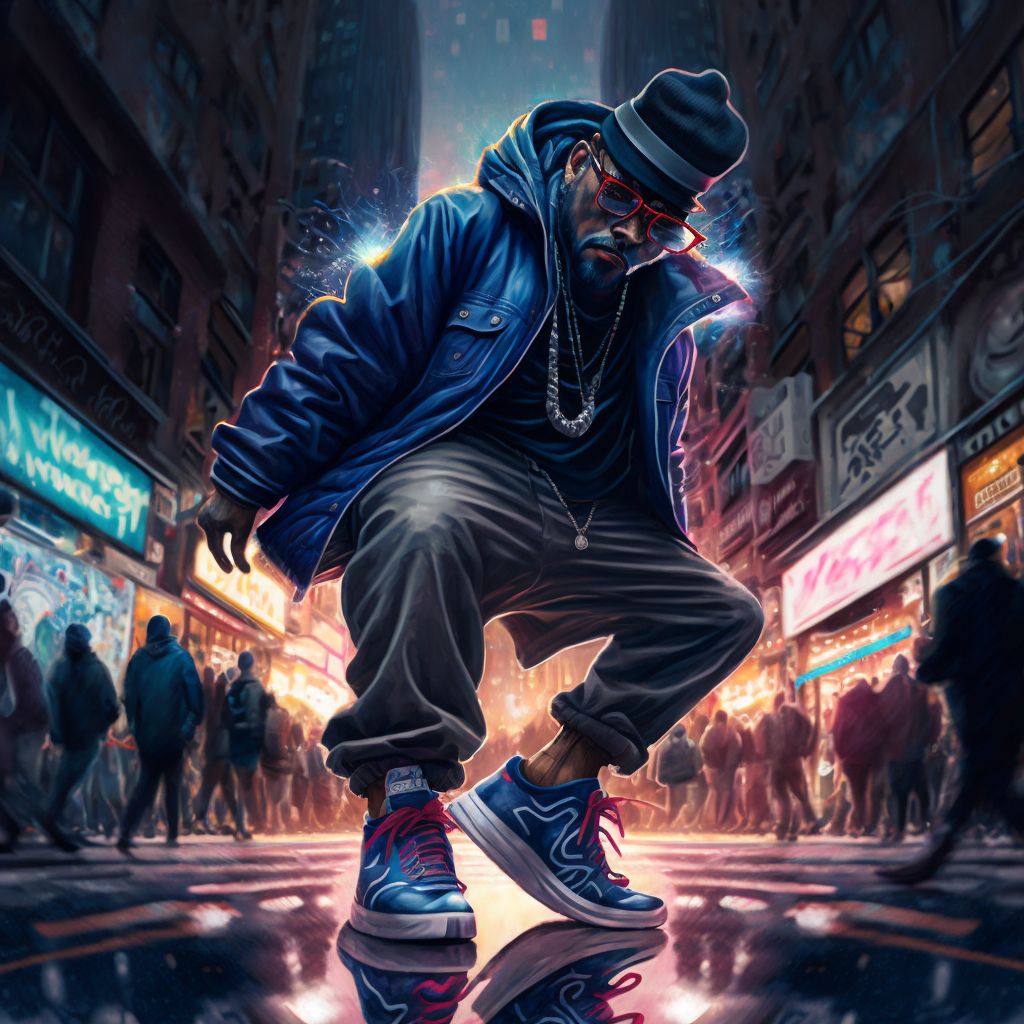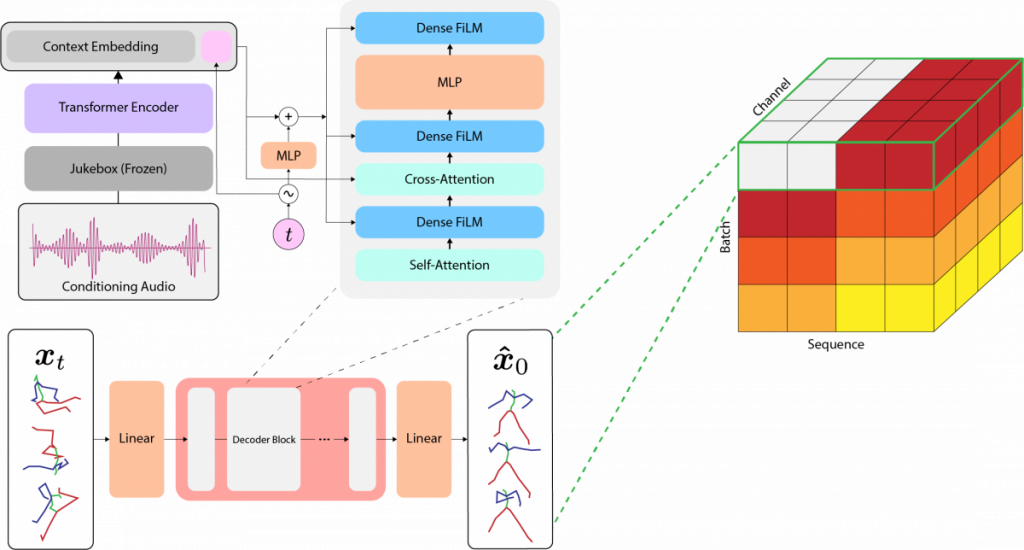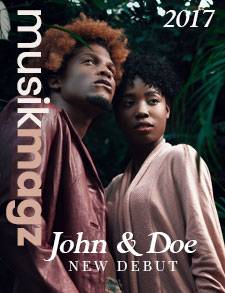Stanford University has announced a powerful music-to-dance AI that generates dance from audio input called EDGE. EDGE is a potent method for customizable dance creation that can produce physically believable, realistic dances while adhering to any supplied music. With the help of Jukebox, a potent music feature extractor, and transformer-based diffusion model, EDGE offers powerful editing capabilities that are ideal for dance, such as joint-wise conditioning, motion in-betweening, and dance continuation. It discovers that human raters greatly favor dances generated by EDGE when compared to recent approaches like Bailando and FACT.

From Music to Choreography: How EDGE Generates Its Dances
Even for music samples found in the wild, EDGE can produce high-quality dances using music embeddings from the robust Jukebox model. A frozen Jukebox model is used by EDGE to incorporate input music. A series of five-second dance clips are used to teach a conditional diffusion model how to map the music embedded into the clips. Before joining batches of multiple clips together to create an arbitrary-length full video, temporal constraints are applied to ensure temporal consistency.

Freshly generated music-to-dance outputs
Arbitrary temporal and spatial limitations are supported by EDGE. There are numerous end-user applications that can be supported by this, including:
- By requiring temporal continuity across batches of numerous sequences, arbitrary-length dances can be produced.
- Dances that include joint restrictions, such as lower body motion causing upper body generation, or the opposite.
- Dances with beginning and ending moves that are predetermined.
- Dances that begin with a predetermined motion are known as dance continuations.

Researchers found that human observers overwhelmingly preferred dances generated by the EDGE algorithm to those generated by other algorithms. The study’s authors say that the EDGE algorithm represents a major advance in the field of computer-generated dance. They believe that the algorithm could be used to create dances for real-world and virtual events, such as social and TikTok trends, weddings, parties, or corporate functions.

Read more about AI:
Read More: mpost.io








 Bitcoin
Bitcoin  Ethereum
Ethereum  Tether
Tether  XRP
XRP  Solana
Solana  USDC
USDC  Dogecoin
Dogecoin  Cardano
Cardano  TRON
TRON  Lido Staked Ether
Lido Staked Ether  Wrapped Bitcoin
Wrapped Bitcoin  Sui
Sui  Chainlink
Chainlink  Avalanche
Avalanche  Stellar
Stellar  LEO Token
LEO Token  USDS
USDS  Toncoin
Toncoin  Shiba Inu
Shiba Inu  Wrapped stETH
Wrapped stETH  Hedera
Hedera  Bitcoin Cash
Bitcoin Cash  Hyperliquid
Hyperliquid  Litecoin
Litecoin  Polkadot
Polkadot  WETH
WETH  Binance Bridged USDT (BNB Smart Chain)
Binance Bridged USDT (BNB Smart Chain)  Bitget Token
Bitget Token  Monero
Monero  Ethena USDe
Ethena USDe  WhiteBIT Coin
WhiteBIT Coin  Pi Network
Pi Network  Wrapped eETH
Wrapped eETH  Coinbase Wrapped BTC
Coinbase Wrapped BTC  Pepe
Pepe  Dai
Dai  Aptos
Aptos  sUSDS
sUSDS  Bittensor
Bittensor  Uniswap
Uniswap  OKB
OKB  NEAR Protocol
NEAR Protocol  BlackRock USD Institutional Digital Liquidity Fund
BlackRock USD Institutional Digital Liquidity Fund  Ondo
Ondo  Aave
Aave  Gate
Gate  Ethereum Classic
Ethereum Classic  Internet Computer
Internet Computer